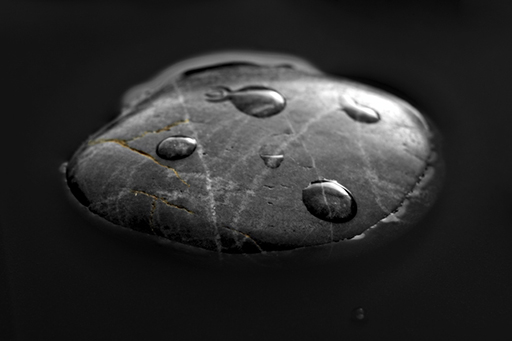3 Water from a stone
The discovery of water was significant to more than a few academics. Water is key to human life and as a potential fuel. The presence does open new opportunities for habitation and long-distance space travel.
Water is widely recognised as being important in many geological processes that take place on Earth. In particular, it has been shown to greatly affect the physical properties of magmas in the crust and erupting from volcanoes, the stability of melts, and processes that occur during eruptions. In contrast, it is widely accepted that lunar magmas did not contain sufficient water to influence such properties. This has influenced our understanding of the structure and evolution of the Moon. But geologists have also found evidence for a ‘wetter’ moon than we first imagined.
In 2008 a group of scientists at Brown University (in Rhode Island, USA) led by Alberto Saal, measured volatile elements including water in lunar volcanic glass beads, using an instrument called an ion microprobe. This instrument is capable of analysing very small areas of samples and detecting the water that is present at levels of just 0.005%. Saal and his colleagues found that the glass beads contained measurable quantities of water, and also sulfur, fluorine and chlorine. Importantly, they were able to make several measurements in each glass bead and detected higher concentrations in the centre of the beads, and decreasing amounts towards the outer surface. This type of pattern is known on Earth and suggests that water molecules were present in the droplets of liquid magma when it erupted from the volcano on the Moon, but they were leaking out into the vacuum of space as the glass cooled. The reason the water is still there 3 billion years later is that the glass cooled so quickly that not all of it could escape during the eruption. Using measurements of water movement in similar-composition glasses on Earth, Saal and his colleagues calculated that the lunar magmas contained at least 260 parts per million (0.026%) of water. This is around one-tenth of the percentage found in lavas erupted on Earth, but new instruments, such as the ion microprobe, being used by geologists are now capable of detecting this level routinely.

